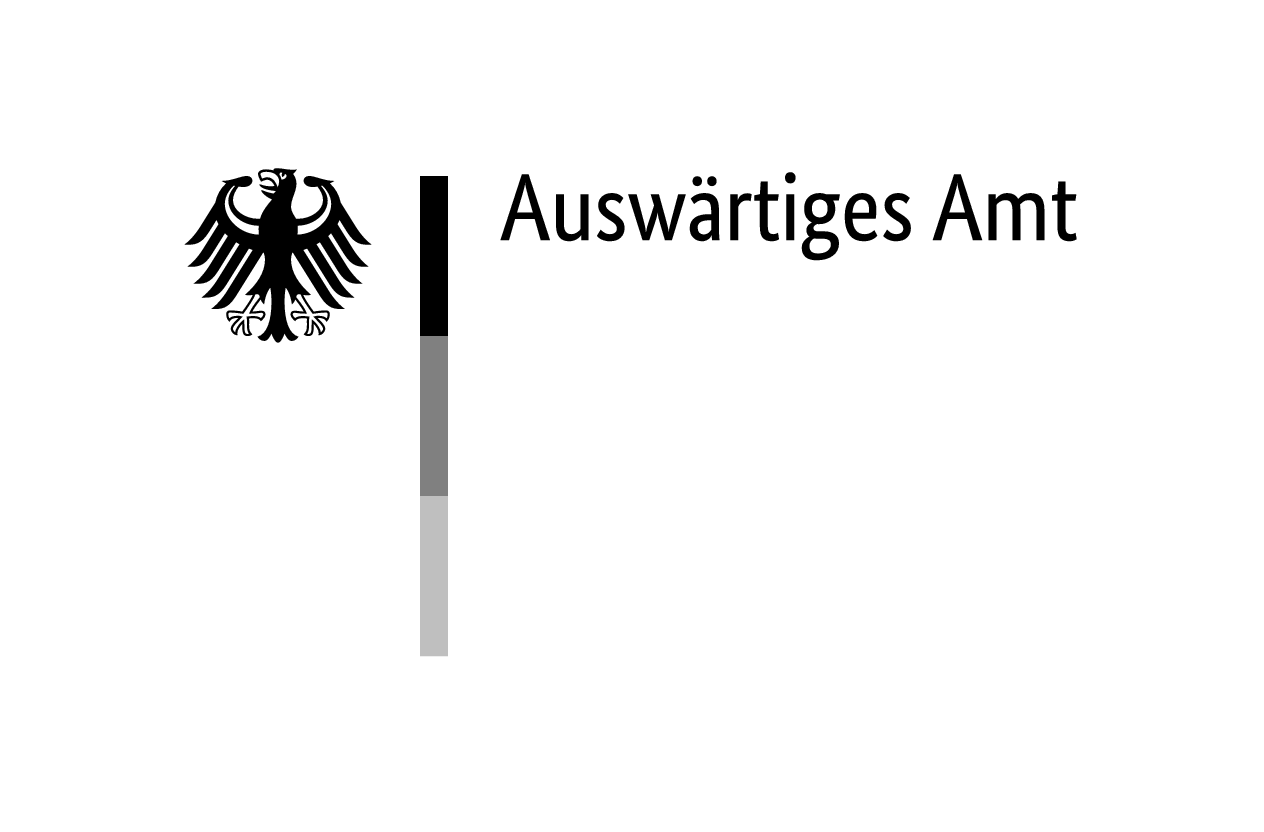In the Neuengamme concentration camp in the southeast of Hamburg, Germany, an estimated 500 Sinti and Roma from various countries, most of them men, were imprisoned between 1938 and 1945.
The camp was initially set up on 12 December 1938 as a satellite camp of Sachsenhausen concentration camp. The first 100 prisoners had to rebuild a disused brickwork for the production of clinker bricks. At the beginning of 1940, the city of Hamburg and representatives of the SS (Schutzstaffel) agreed to develop the site into a large concentration camp and to construct a modern clinker brick factory. The background to this was the plan for a comprehensive redevelopment of the Elbe riverfront in Hamburg-Altona and the associated enormous demand for bricks.
Expansion of the Camp and Construction of Satellite Camps
Neuengamme concentration camp had the status of a main camp from the spring of 1940 onwards. The inmates extended the camp under catastrophic working conditions, built the clinker factory, began mining clay for the production of clinker bricks and dug a canal to transport them away by water.
From 1942, the SS began to exploit inmate labour increasingly for armaments purposes. Several companies set up workshops on the camp grounds in which inmates worked. At the same time, the first satellite camps were created so that inmate labour could be moved directly into the factories. This development peaked from mid-1944 with the construction of more and more satellite camps. This period also saw the establishment of numerous satellite camps for female prisoners. Until then, Neuengamme concentration camp had been an all-male camp.
By the end of 1944, there were significantly more inmates in the satellite camps than in the main camp. In addition to working in armaments production, they had to clear rubble, build defences, construct emergency civilian dwellings or build underground production facilities. In total, Neuengamme concentration camp administered between 80 and 90 satellite camps throughout northern Germany.
The Inmates
Between 1938 and 1945, a total of around 100,000 men and women were held in Neuengamme and its satellite camps. As the war progressed, more and more prisoners arrived from countries occupied by the German Reich. In 1944 in particular, large transports arrived at the camp directly from transit camps in France, Belgium, the Netherlands, Poland and Denmark. The largest groups of inmates at Neuengamme concentration camp came from what was then the Soviet Union, Poland, France, Germany, Hungary and the Netherlands.
At least 42,900 prisoners died in the main camp or the satellite camps of Neuengamme. In addition to malnutrition and exhaustion from forced labour, epidemics and targeted killings by the SS guards were also responsible for the high death toll.
Shortly before the end of the war, the SS had the Neuengamme concentration camp evacuated. Thousands of inmates were transported to the Baltic Sea and loaded onto a number of ships. The mistaken bombing of the ships Cap Arcona and Thielbek in the Bay of Lübeck by the British Air Force on 3 May 1945 became one of the biggest maritime disasters. More than 6,000 prisoners lost their lives.
Sinti and Roma in the Camp
The available sources do not tell us much about the history of Sinti and Roma in the Neuengamme concentration camp. It is not possible to give a reliable total number, as Sinti and Roma were largely recorded in the camp administration files—which have only survived in fragments—under the ‘AZR’ (‘Arbeitszwang Reich’), ‘ASR’ (‘Arbeitsscheu Reich’) or ‘asocial’ inmate categories. In-depth biographical research would be necessary here in order to establish their identities. Failing this, it is almost impossible to pick out victims of racist persecution in the few surviving documents.
Evidence exists only for around 150 men and women who were transferred from other concentration camps to Neuengamme individually or in small groups. The SS transported the first groups from the Sachsenhausen and Buchenwald concentration camps starting in mid-1940 in order to use their labour in the expansion of the new camp. One transport of 500 men from Buchenwald on 10 December 1940 included at least 30 Roma from the Austrian Burgenland.
The total number of Sinti and Roma imprisoned in Neuengamme is estimated at 500. In addition to German Sinti, there is also evidence of some Sinti and Roma from Lithuania, Poland and the Protectorate of Bohemia and Moravia. A small group of Lithuanian women was sent to work in the Hanover-Langenhagen satellite camp, and around 20 German Sinti were sent from the Ravensbrück concentration camp to the Beendorf satellite camp.
Smaller groups of Sinti and Roma were also held in the men’s satellite camps in Wittenberge and Salzgitter-Drütte, where one Sinto was temporarily deployed as a prisoner functionary. A transport with many Sinti and Roma from Ravensbrück probably arrived at the Hamburg-Langenhorn satellite camp in March 1945. The women were transferred to the Hamburg-Sasel satellite camp when the camp was evacuated at the beginning of April.
The German Sintiza Wanda Edelmann (1919–2001) witnessed the death of her cousin Suleika Klein (1926–1944) there. Edelmann continued to live in Sasel after her liberation and was involved in the establishment of the Plattenhaus Poppenbüttel memorial centre there in 1985.
Sinti and Roma were at the bottom of the internal camp hierarchy. Shortly after the liberation, the survivor Ewald Gondzik (1919–1977), held in Neuengamme from 1940 until the end of the war, recalled special harassment by the SS guards: ‘At lunchtime, the post and command leader gave the order: “Poles, Jews and Gypsies step out!”—They had to wait on their knees until the others had eaten.’1Neuengamme Concentration Camp Memorial Archive, HSN 13-7-0-1, Ewald Gondzik: KL Neuengamme, Ako. Dove Elbe canal construction, report from 13 November 1945.
One of the best-known Sinti inmates was Johann ‘Rukeli’ Trollmann (1907–1943) from Hanover, who had been German light heavyweight boxing champion in 1933. He was sent to Neuengamme on 4 or 5 September 1942 and probably died on 9 February 1943. Trollmann’s story has attracted a great deal of attention since the 1990s, particularly in the Sinti and Roma communities.
After the Liberation
From 1945 to 1948, the site of the Neuengamme concentration camp was used by the British occupation authorities as ‘Civil Internment Camp No. 6‘ for the internment of National Socialist functionaries. The city of Hamburg subsequently built a prison on the site. The extent to which crimes committed against Sinti and Roma in Neuengamme and its satellite camps were addressed in trials of the National Socialist perpetrators has yet to be researched.
A simple commemorative column from 1953 and an international memorial from 1965 were the first memorials at the former camp site. The memorial complex includes individual memorial stones, each bearing the name of a country from which people were deported to Neuengamme. The word ‘Roma‘ is engraved on one of the stones—representing the Sinti and Roma victims. This can be seen as a remarkably early example of the use of the endonym in a memorial context.
The City of Hamburg established a ‘document house’ with an initial exhibition in 1981. Although Sinti and Roma were mentioned here as victims of the National Socialist genocide and in connection with the Auschwitz-Birkenau concentration and extermination camp, they were not named as a Neuengamme inmate group.
Hunger Strike in 1989 and Place of Sanctuary in 1993
From the 1980s onwards, representatives of the Hamburg-based organisation ‘Rom und Cinti Union e. V.‘ (RCU) repeatedly chose the Neuengamme memorial as the site of protest actions. With a two-day hunger strike on 8 and 9 September 1983, the RCU managed to gain access to the ‘Landfahrerakten’ (traveller files) of the Hamburg criminal investigation department, which had been handed over to the Hamburg State Archives in 1980.
In the fight for a permanent right to remain in Germany, Roma organised a hunger strike in the memorial’s document house from 18 February 1989 and, after negotiations failed, went on to occupy parts of the memorial site on 28 August 1989. After some five weeks, the police cleared the protest camp of several hundred Roma.
In May 1993, on the anniversary of the May deportation of 1940, the attempt of the Roma National Congress (RNC) to establish another ‘place of sanctuary’ from the threat of deportation on the site of the concentration camp memorial was blocked by a large police deployment which lasted several weeks.
The concentration camp memorial was used by Sinti and Roma associations as a symbol in their actions to highlight continuities of discrimination and persecution. In 1989, the chairman of the RCU, Rudko Kawczynski (b. 1954), countered criticism of the protests as an inappropriate instrumentalisation of the historical site with the words: ‘It’s for the victims to decide who can and cannot use the space.’2Quoted from Herold, Bleiberechtskämpfe Hamburger Roma, 145.
The Memorial Today
After many years of protests, the authorities relocated the prison in 2003, paving the way for a complete remodelling of the former camp site as a memorial. In the permanent exhibition at the memorial, Sinti and Roma are presented as an inmate group; Johann ‘Rukeli’ Trollmann is portrayed in detail. The ‘Social Commitment’ section of the exhibition also deals with the use of the site for protest actions by Sinti and Roma.
The exhibition at the Plattenhaus Poppenbüttel memorial centre, which commemorates the women’s satellite camps of Neuengamme, also presents the biographies of Else Baker (born 1935), Wanda Edelmann and Suleika Klein. The education department of the memorial centre offers various programmes for young people and adults, in which antigypsyism is also addressed.
The study day ‘Antigypsyism in the past and present’ offered for adults is dedicated exclusively to this topic. A revision and expansion of this format is in preparation, to take in among other things such places of persecution of Sinti and Roma in Hamburg as the Hannoverscher Bahnhof rail deportation site and the Stadthaus, the seat of the police headquarters until July 1943.




